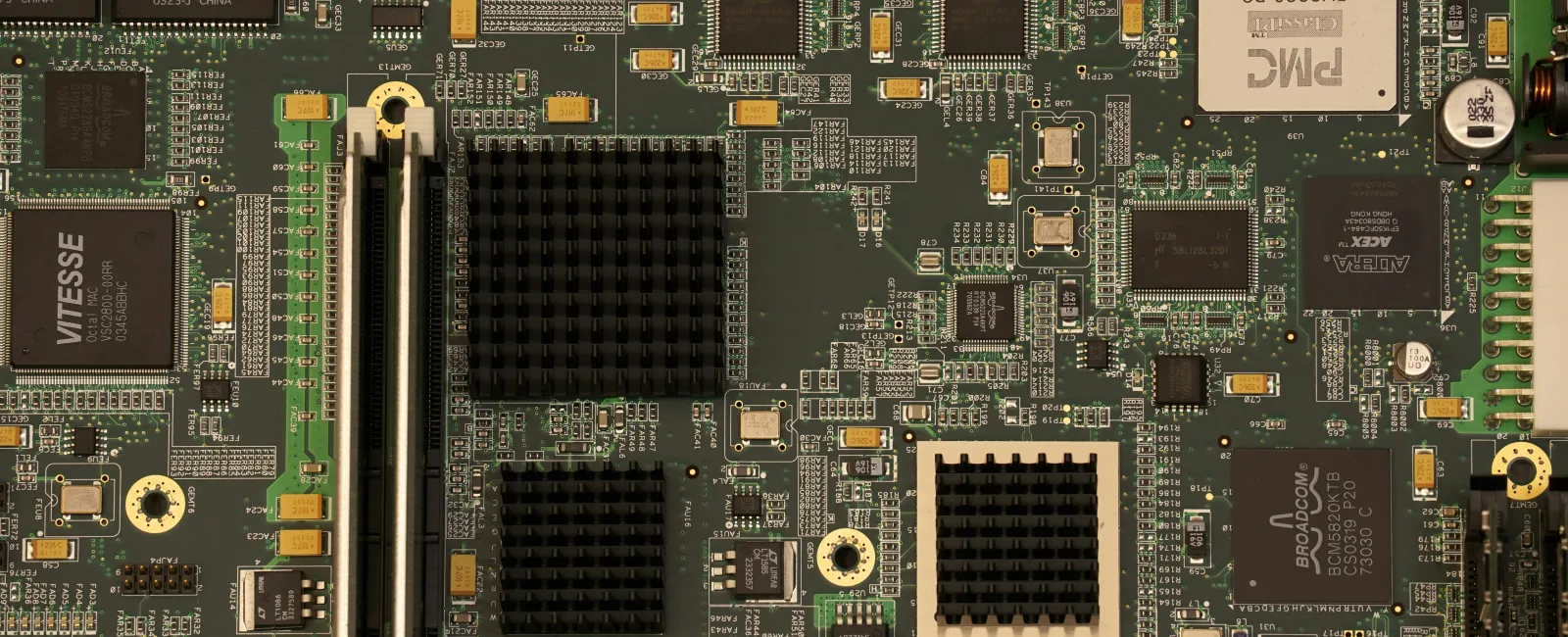November 06, 2025
In long-term care facilities, daily routines are everything. Patients depend on medications being delivered on time, records being accurate, and care teams communicating seamlessly. But there's another daily routine that often gets overlooked: cyber hygiene. When it slips, the consequences extend far beyond inconvenience. A single weak password, unchecked phishing email, or untrained new hire can put sensitive patient data and compliance standing at risk.
With high staff turnover and decentralized training, long-term care facilities face unique cybersecurity challenges. This article explains the cyber hygiene definition, why it matters in healthcare, what practices your staff should adopt, and how to lower IT risks without overwhelming your care teams.
Why Cyber Hygiene Matters in Long-Term Care
- Patient safety depends on IT stability. A malware infection that locks EHR access can delay treatments.
- HIPAA compliance requires daily diligence. Regulators expect not just written policies but evidence of ongoing cyber hygiene practices.
- Turnover creates gaps. Every time an employee leaves, accounts, login credentials, and training records become vulnerabilities if not managed properly.
The Hidden Risks of Poor Cybersecurity Hygiene
Unchanged or Weak Passwords
Staff often reuse passwords across personal and work accounts. Without strong, unique passwords, healthcare systems are easy targets. If that becomes too complicated, consider using a trusted password manager system to enhance online security.
Inconsistent MFA (Multi-Factor Authentication)
Skipping two-factor authentication to "save time" undermines one of the simplest, most effective safeguards against cyber threats and data breaches. Encourage the use of authentication apps for added security.
Phishing Attacks
With busy shifts and constant emails, healthcare workers are prime phishing targets. A single click on phishing scams can unleash ransomware. This email fraud is mitigated with updated security measures, including antivirus software, and security awareness training regarding suspicious emails.
Shared Accounts and Credentials
High turnover sometimes leads to shortcuts, like reusing old logins. This makes accountability nearly impossible and can give former employees unauthorized access to internal systems.
Unsecured Devices
Staff accessing patient data on personal phones or shared workstations without proper security controls introduces major security vulnerabilities where cybercriminals can take advantage. Regular security patches and software updates are crucial for maintaining device security.
Daily Cyber Security Hygiene Practices for Staff
- Use Strong Passwords: Teach staff good password habits such as using long, complex passwords and rotating them regularly.
- Enable MFA Everywhere: Require MFA for EHRs, email, and remote access.
- Pause Before Clicking: Incorporate phishing awareness into everyday routines to avoid malicious links, spear phishing, and other cybersecurity threats.
- Lock Devices When Not in Use: Simple habits like locking a workstation protect sensitive records from prying eyes.
- Report Suspicious Activity: Create a culture where reporting isn't punished but encouraged.
Implementing these practices is a crucial part of risk management and enhances the overall threat intelligence capabilities of the organization.
Building Basic Cyber Hygiene Into Long-Term Care Operations
- Ongoing Phishing Training: Provide simulated phishing campaigns that help staff recognize and avoid real-world threats.
- Automated Onboarding/Offboarding: Immediately grant and revoke system access as staff join or leave.
- Centralized Training Resources: Provide simple, repeatable modules that can be delivered anytime, especially during high turnover periods.
- Regular IT Audits: Spot-check accounts, device use, and regulatory requirements with compliance policies to reinforce best practices.
- Implement Automatic Updates: Ensure all systems and software receive regular updates to maintain online safety.
- Secure Disposal Protocols: Establish procedures for the secure disposal of devices and data to prevent unauthorized access to sensitive information.
Key Takeaways
- Cyber hygiene isn't optional in long-term care; it's a daily requirement for patient safety and compliance.
- Weak passwords, skipped MFA, and phishing clicks are among the most common healthcare IT risks.
- High staff turnover and inconsistent training amplify vulnerabilities.
- Facilities that integrate cyber hygiene best practices, such as staff training, automation, and accountability into their IT routines lower identity theft risks dramatically.
- Regularly assessing and improving your organization's security posture is crucial for maintaining robust online security.
By strengthening good cyber hygiene practices and empowering staff with daily habits, long-term care facilities can significantly reduce IT risks. The investment is small, but the payoff (compliance, resilience, and patient trust) is enormous.
Click Here or give us a call at 332-217-0601 to Speak to an Expert



